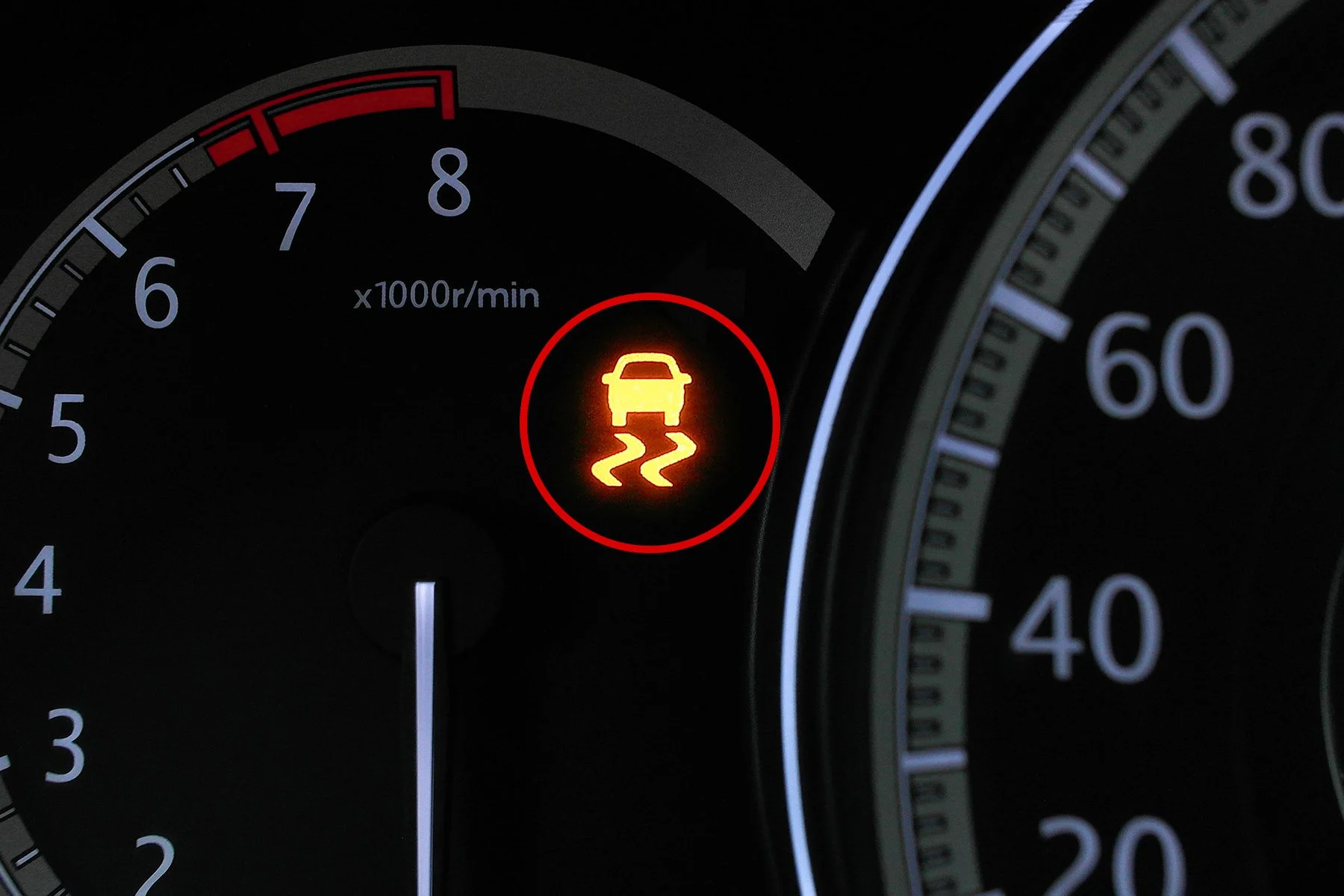In today’s automotive landscape, vehicles are equipped with a myriad of safety systems designed to enhance driver control and passenger safety. Among these, Vehicle Stability Control (VSC) stands out as a pivotal technology that aids in maintaining vehicle stability during challenging driving conditions.
Whether you’re navigating slippery roads or making sudden maneuvers, understanding how VSC functions can provide insight into your vehicle’s safety mechanisms.
What is Vehicle Stability Control (VSC)?
Vehicle Stability Control is an electronic system integrated into many modern vehicles, particularly in brands like Toyota and Lexus. Its primary function is to monitor and manage the vehicle’s stability by detecting and reducing skidding or loss of traction.
By analyzing inputs such as steering angle, wheel speed, and lateral acceleration, VSC can intervene by adjusting engine power and applying brake force to individual wheels, helping the driver maintain control during adverse conditions.
How Does VSC Operate?
The VSC system continuously monitors various sensors throughout the vehicle to assess its movement and orientation. When it detects a discrepancy between the driver’s intended direction and the vehicle’s actual path—such as during oversteer or understeer situations—it intervenes by:
- Modulating Engine Power: Reducing engine output to prevent further loss of control.
- Applying Brakes Selectively: Engaging brakes on specific wheels to counteract skidding and guide the vehicle back on course.
This proactive approach aids in preventing accidents, especially on slippery or uneven road surfaces.
VSC vs. Traction Control: Understanding the Difference
While both VSC and Traction Control Systems (TCS) aim to enhance vehicle stability, they operate under different circumstances:
- Traction Control System (TCS): Primarily prevents wheel spin during acceleration by reducing engine power or applying brakes to spinning wheels.
- Vehicle Stability Control (VSC): Focuses on maintaining control during steering maneuvers, especially when the vehicle begins to skid or veer off its intended path.
Together, these systems work in tandem to provide a comprehensive safety net for drivers.
The VSC Warning Light: What Does It Indicate?
The VSC warning light on your dashboard serves as an indicator of the system’s status. Common scenarios include:
- Temporary Illumination: The light may flash briefly when the system is actively engaged, such as during sudden turns or slippery conditions.
- Persistent Illumination: A steady light suggests a potential issue with the VSC system, warranting further inspection.
In some cases, the VSC light may appear alongside other indicators, such as the ABS or Check Engine lights, indicating interconnected system concerns.
Common Causes for VSC Light Activation
Several factors can trigger the VSC warning light:
- Sensor Malfunctions: Faulty wheel speed or steering angle sensors can disrupt system operations.
- Brake System Issues: Problems within the ABS can affect VSC functionality.
- Engine or Transmission Concerns: Certain engine or transmission issues can indirectly impact the VSC system.
- Manual Deactivation: Some vehicles allow drivers to disable VSC; ensure the system hasn’t been turned off inadvertently.
Steps to Address VSC Light Activation
If the VSC warning light remains illuminated:
- Check for Manual Deactivation: Ensure the VSC hasn’t been turned off via a dashboard button.
- Restart the Vehicle: Sometimes, turning the vehicle off and on can reset the system.
- Inspect Related Systems: Look for other warning lights that might indicate broader issues.
- Consult a Professional: If the light persists, seek assistance from a qualified technician to diagnose and address the underlying problem.
The Importance of VSC in Vehicle Safety
VSC plays a crucial role in modern vehicle safety by:
- Enhancing Control: Assisting drivers in maintaining control during challenging driving conditions.
- Preventing Accidents: Reducing the likelihood of skidding and rollovers.
- Complementing Other Systems: Working alongside ABS and TCS to provide a comprehensive safety framework.
Understanding and maintaining the VSC system ensures that drivers can rely on this technology when it’s needed most.
Vehicle Stability Control is a testament to the advancements in automotive safety technology. By understanding its function and recognizing warning signs, drivers can take proactive steps to ensure their vehicle remains safe and responsive under various driving conditions.
Regular maintenance and prompt attention to warning indicators will help keep the VSC system—and your vehicle—operating optimally.



